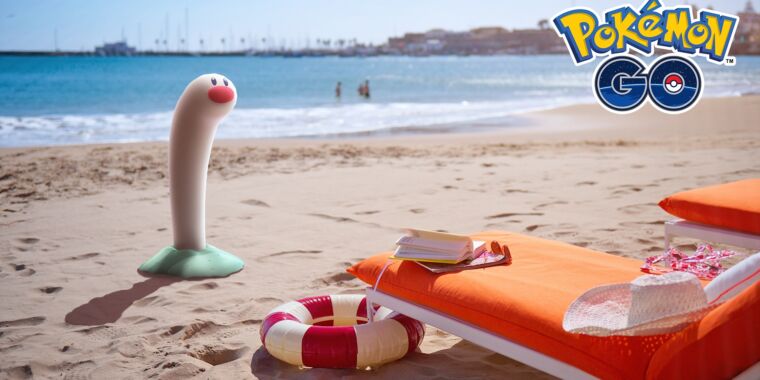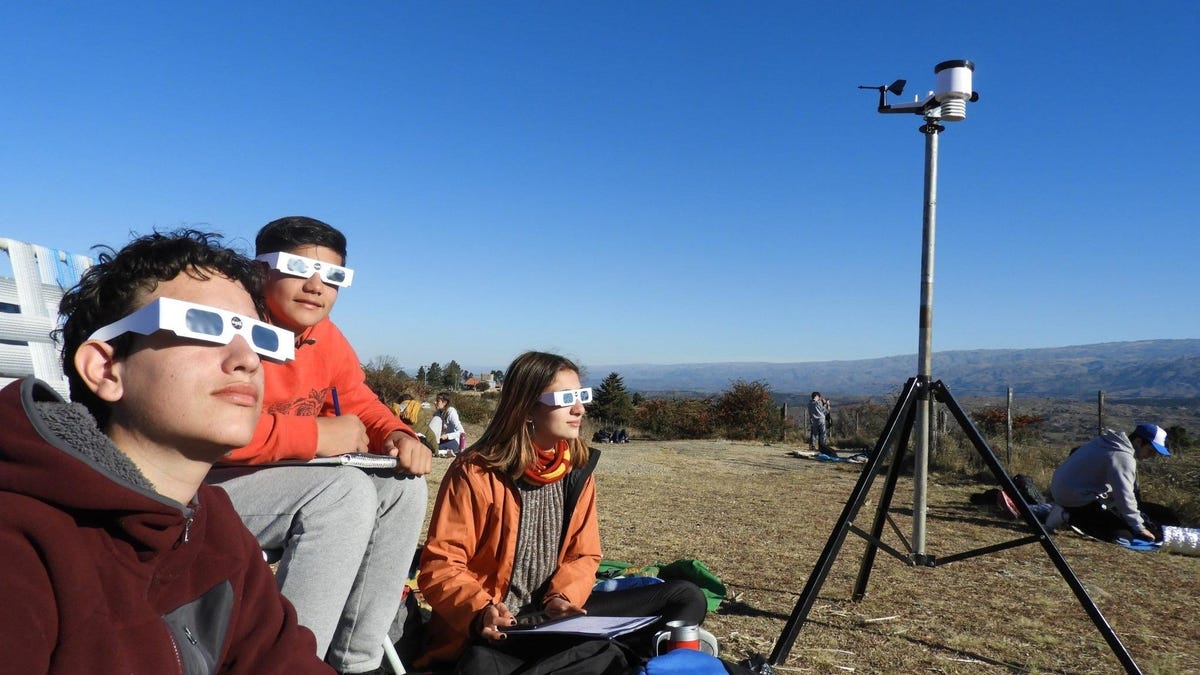Niantic’s Pokémon Go Continues to Evolve
Since its launch in 2016, Pokémon Go has maintained its popularity, drawing in millions of active players and generating substantial revenue annually. Constant updates and additions to the game have kept it fresh and engaging for users. One of the key strategies to maintain player interest is the introduction of new Pokémon species into the game.
Initially starting with the original 151 monsters, Pokémon Go has gradually incorporated creatures from newer generations, aligning with the mainline games on the Nintendo Switch. The latest update to the game includes monsters from the Scarlet and Violet series, introducing players to unique and exciting Pokémon designs.
Introducing Wiglett and Wugtrio
Recent additions to the Pokémon Go roster include Wiglett and Wugtrio, inspired by the popular Diglett and Dugtrio characters. These new Pokémon reside in beach biomes, reflecting their aquatic nature. While the addition of these creatures adds diversity to the game, it has presented a challenge for players located in landlocked areas.
According to a report from 404 Media, some players have resorted to adding fake beaches to OpenStreetMap in an attempt to access the beach biome in Pokémon Go. However, this practice has raised concerns as fake beach locations have been identified in areas such as residential backyards, golf courses, and sports fields.
Impacts on OpenStreetMap
The misuse of OpenStreetMap data by overzealous Pokémon Go players has been a recurring issue. Dedicated OSM contributors have had to address these challenges and educate players on the significance of accurate mapping data. While some players engage in misrepresentation to manipulate game mechanics, others contribute positively by enhancing mapping accuracy in areas where data is lacking.
It is crucial for players to understand the implications of falsifying map data for personal gain. Not only does this practice mislead other players, but it also disrupts the integrity of OpenStreetMap. Maintaining a balance between gameplay and respecting data accuracy is essential for the sustainable development of both Pokémon Go and OpenStreetMap.
As the Pokémon Go community continues to grow, fostering collaboration between players and map contributors will be vital in ensuring a positive gaming experience for all users.
Image/Photo credit: source url





